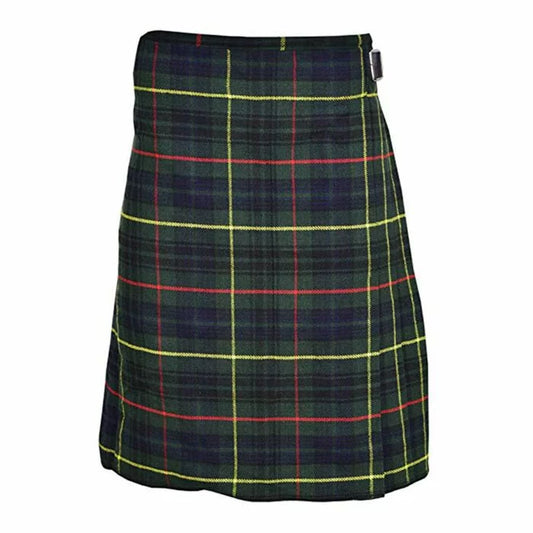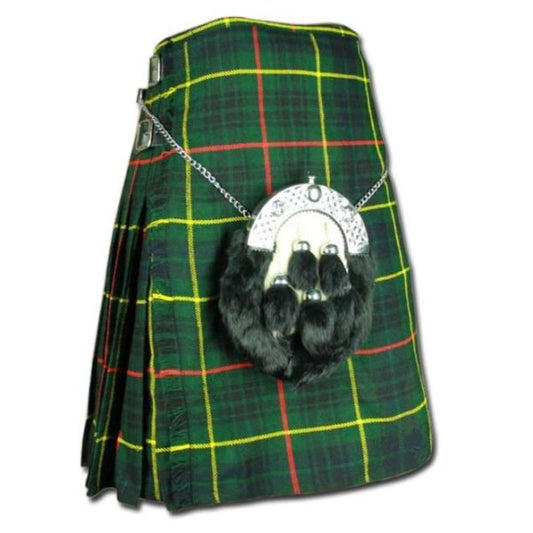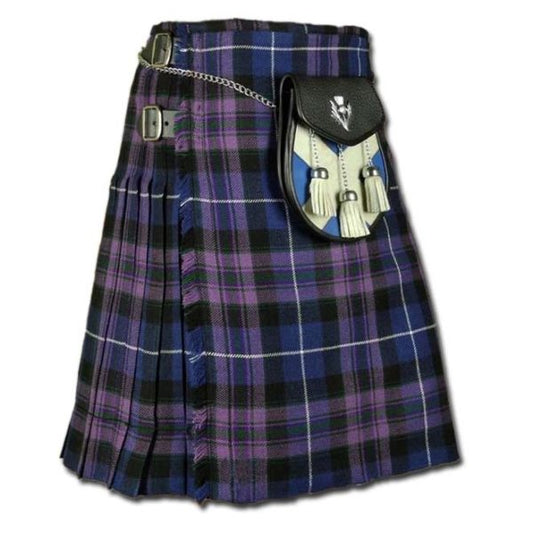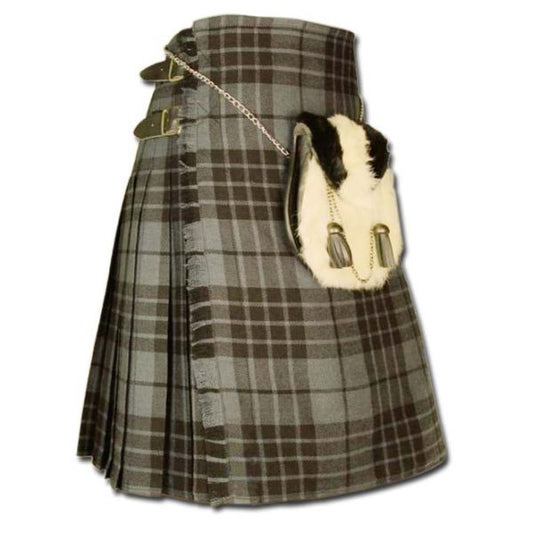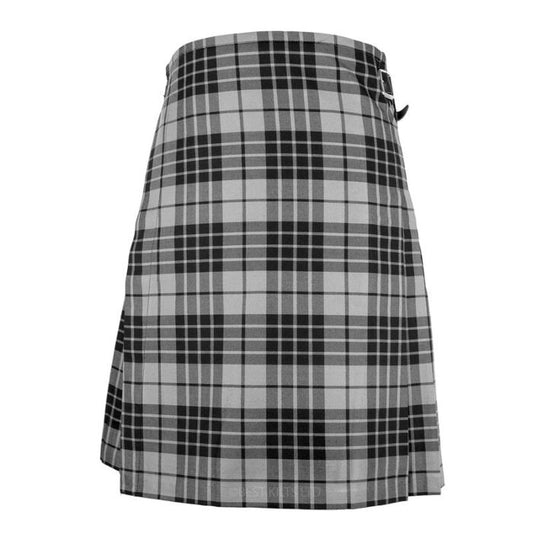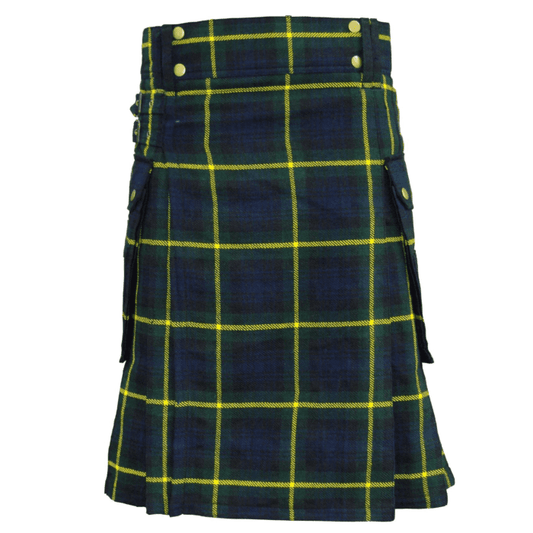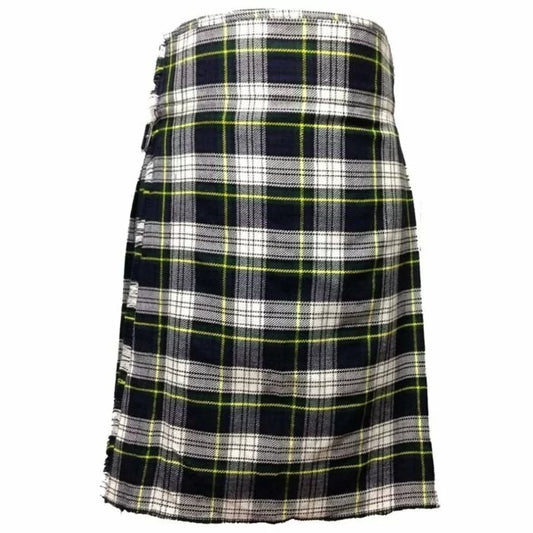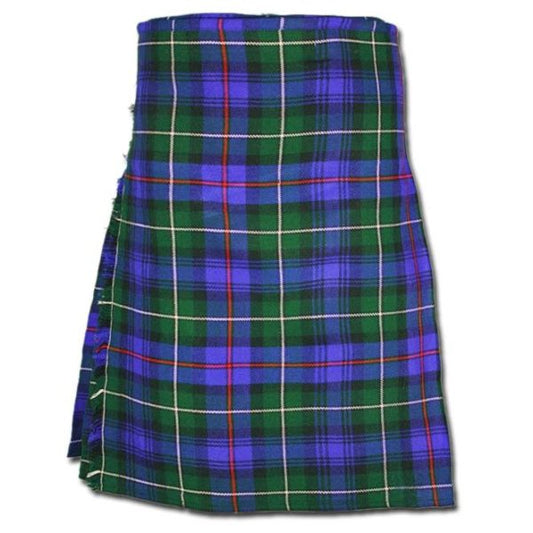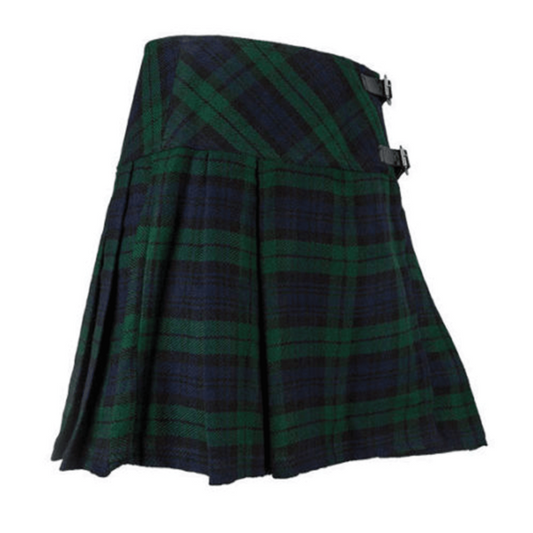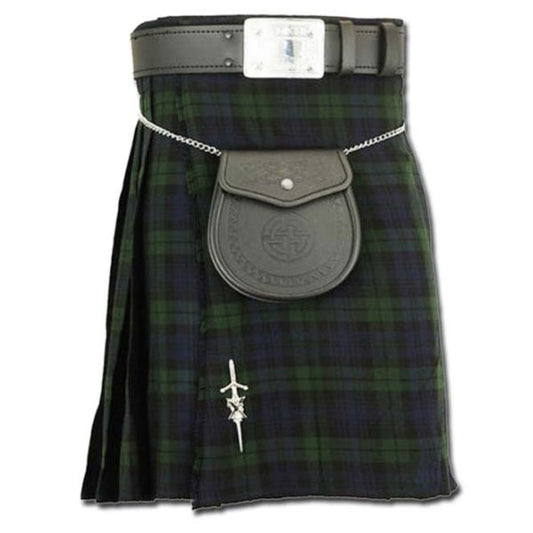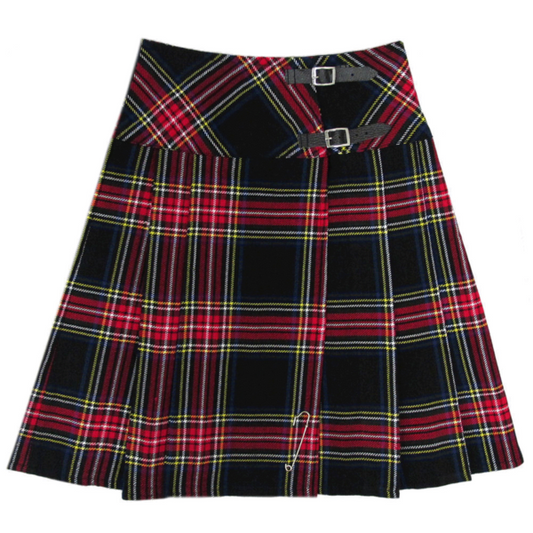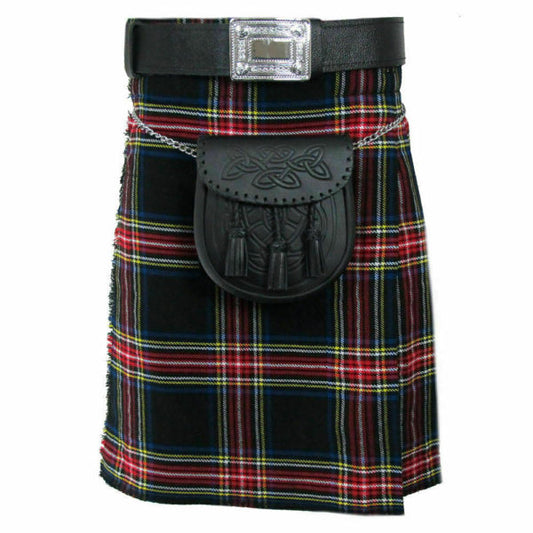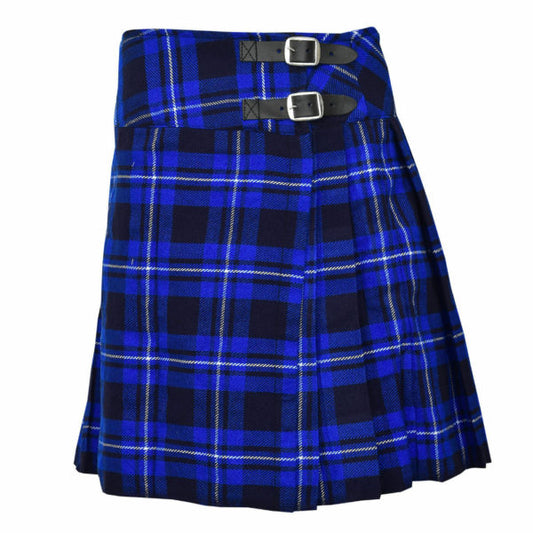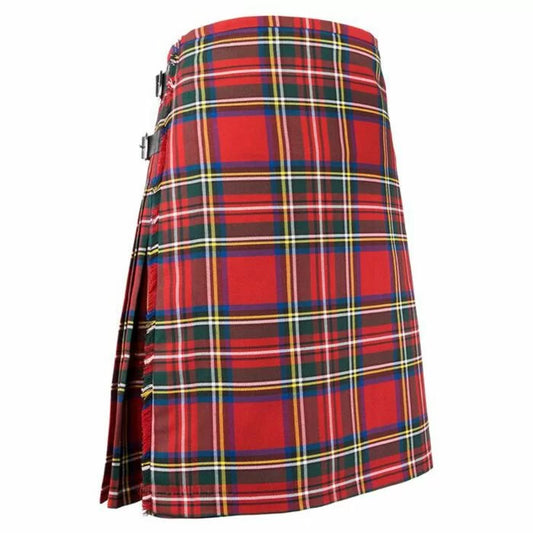-
 Sale
SaleIrish Kilt
Regular price $110.00 CADRegular priceUnit price / per$136.00 CADSale price $110.00 CADSale -
Hunting Stewart Tartan kilt
Regular price $110.00 CADRegular priceUnit price / per$137.00 CADSale price $110.00 CADSale -
Hunting Stewart Tartan Kilt
Regular price $110.00 CADRegular priceUnit price / per$136.00 CADSale price $110.00 CADSale -
Heritage of Scotland Kilt
Regular price $110.00 CADRegular priceUnit price / per$136.00 CADSale price $110.00 CADSale -
Gray Hamilton Tartan Kilt
Regular price $110.00 CADRegular priceUnit price / per$136.00 CADSale price $110.00 CADSale -
Granite Grey Tartan Kilt
Regular price $110.00 CADRegular priceUnit price / per$123.00 CADSale price $110.00 CADSale -
Gordon Tartan Utility Kilt
Regular price $110.00 CADRegular priceUnit price / per$123.00 CADSale price $110.00 CADSale -
Dress Gordon Tartan Kilt
Regular price $110.00 CADRegular priceUnit price / per$136.00 CADSale price $110.00 CADSale -
Cumbernauld District Tartan kilt
Regular price $110.00 CADRegular priceUnit price / per$123.00 CADSale price $110.00 CADSale -
Cameron Red Tartan Kilt
Regular price $110.00 CADRegular priceUnit price / per$136.00 CADSale price $110.00 CADSale -
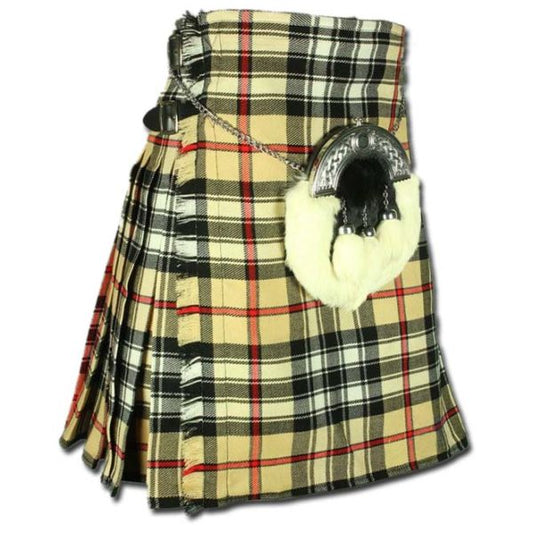 Sale
SaleBurberry Tartan Kilt
Regular price $110.00 CADRegular priceUnit price / per$136.00 CADSale price $110.00 CADSale -
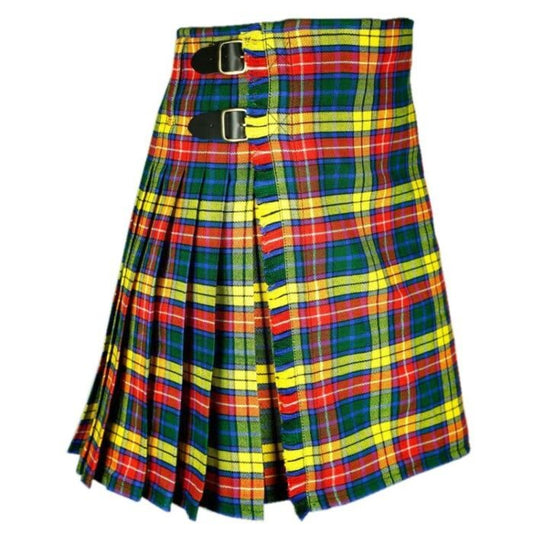 Sale
SaleBuchanan Tartan Kilt
Regular price $110.00 CADRegular priceUnit price / per$136.00 CADSale price $110.00 CADSale -
Black Watch Women Tartan Kilt
Regular price $110.00 CADRegular priceUnit price / per$136.00 CADSale price $110.00 CADSale -
Black Watch Tartan Kilt
Regular price $110.00 CADRegular priceUnit price / per$136.00 CADSale price $110.00 CADSale -
Black Watch Tartan Kilt
Regular price $110.00 CADRegular priceUnit price / per$136.00 CADSale price $110.00 CADSale -
 Sale
SaleBlack Tartan Kilt
Regular price $110.00 CADRegular priceUnit price / per$136.00 CADSale price $110.00 CADSale -
Black Stewart Tartan Kilt
Regular price $110.00 CADRegular priceUnit price / per$136.00 CADSale price $110.00 CADSale -
Black Stewart Tartan Kilt
Regular price $110.00 CADRegular priceUnit price / per$136.00 CADSale price $110.00 CADSale -
American Patriot Ladies Tartan Kilt
Regular price $110.00 CADRegular priceUnit price / per$123.00 CADSale price $110.00 CADSale -
8 Yard Royal Stewart Kilt
Regular price $110.00 CADRegular priceUnit price / per$136.00 CADSale price $110.00 CADSale
Collection: Traditional Kilts
Traditional Kilts: Embodying Scottish Heritage and Pride
Introduction: Traditional kilts are iconic garments that symbolize the rich cultural heritage of Scotland. With their distinctive pleated design, intricate tartan patterns, and historical significance, traditional kilts hold a special place in Scottish culture and identity. In this guide, we'll delve into the origins, symbolism, construction, accessories, and modern-day uses of traditional kilts.
Origins and Symbolism: Historical Roots The origins of the traditional kilt can be traced back to the Scottish Highlands in the 16th century. Initially, kilts were practical garments worn by Highlanders for warmth, mobility, and protection in rugged terrain.
Symbol of Identity Over time, kilts became more than just functional attire; they evolved into symbols of Scottish national identity, clan affiliation, and pride. Each tartan pattern is associated with a specific clan, family, or region, carrying with it a sense of heritage and belonging.
Construction of Traditional Kilts: Fabric and Tartan Traditional kilts are typically made from woolen fabric, woven into tartan patterns that consist of colorful stripes and checks. The choice of tartan is significant, as it often reflects the wearer's family history, clan allegiance, or personal preference.
Pleating and Folding The hallmark feature of a traditional kilt is its pleated design, which involves meticulously folding the fabric to create crisp, uniform pleats at the back. The pleats are carefully tailored to ensure proper alignment and drape when worn.
Fastenings and Closure Traditional kilts are secured at the waist with straps and buckles, known as a "belt and buckle" or "kilt belt." This allows for adjustability and ensures a snug and comfortable fit for the wearer.
Accessories for Traditional Kilts: Sporran The sporran is a pouch worn at the front of the kilt, serving as both a decorative accent and a functional accessory for carrying small items. Sporrans come in various styles, ranging from simple leather pouches to ornately embellished designs for formal occasions.
Kilt Pin A kilt pin is worn on the front apron of the kilt to add weight and balance, as well as to serve as a decorative element. Kilt pins come in a variety of designs, often featuring Celtic motifs, clan symbols, or personalized emblems.
Modern-Day Uses of Traditional Kilts: Formal Events Traditional kilts are commonly worn for formal occasions such as weddings, ceremonies, and Highland gatherings, where they symbolize Scottish heritage and pride. Grooms often choose to wear kilts on their wedding day as a nod to tradition and cultural identity.
Casual Wear In addition to formal events, traditional kilts are also worn casually for everyday wear, cultural festivals, and social gatherings. Many Scots proudly don their kilts as a symbol of national pride and cultural heritage, even in modern urban settings.
Conclusion: Traditional kilts are more than just garments; they are symbols of Scottish heritage, identity, and pride. With their rich history, intricate craftsmanship, and timeless elegance, kilts continue to captivate wearers and admirers around the world. Whether worn for formal events or everyday wear, traditional kilts serve as a tangible link to Scotland's past and a celebration of its enduring cultural legacy.


